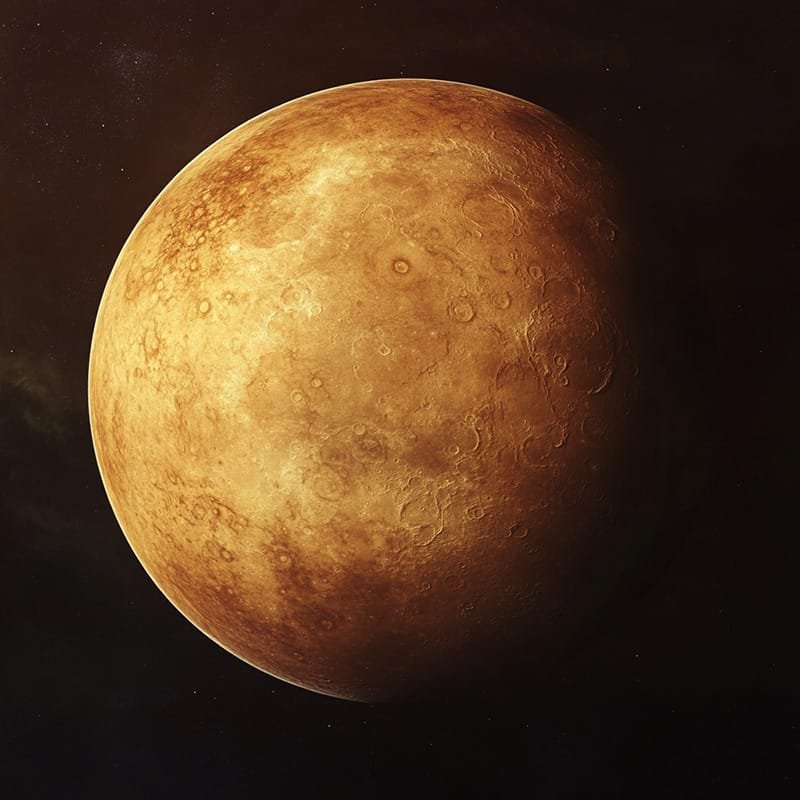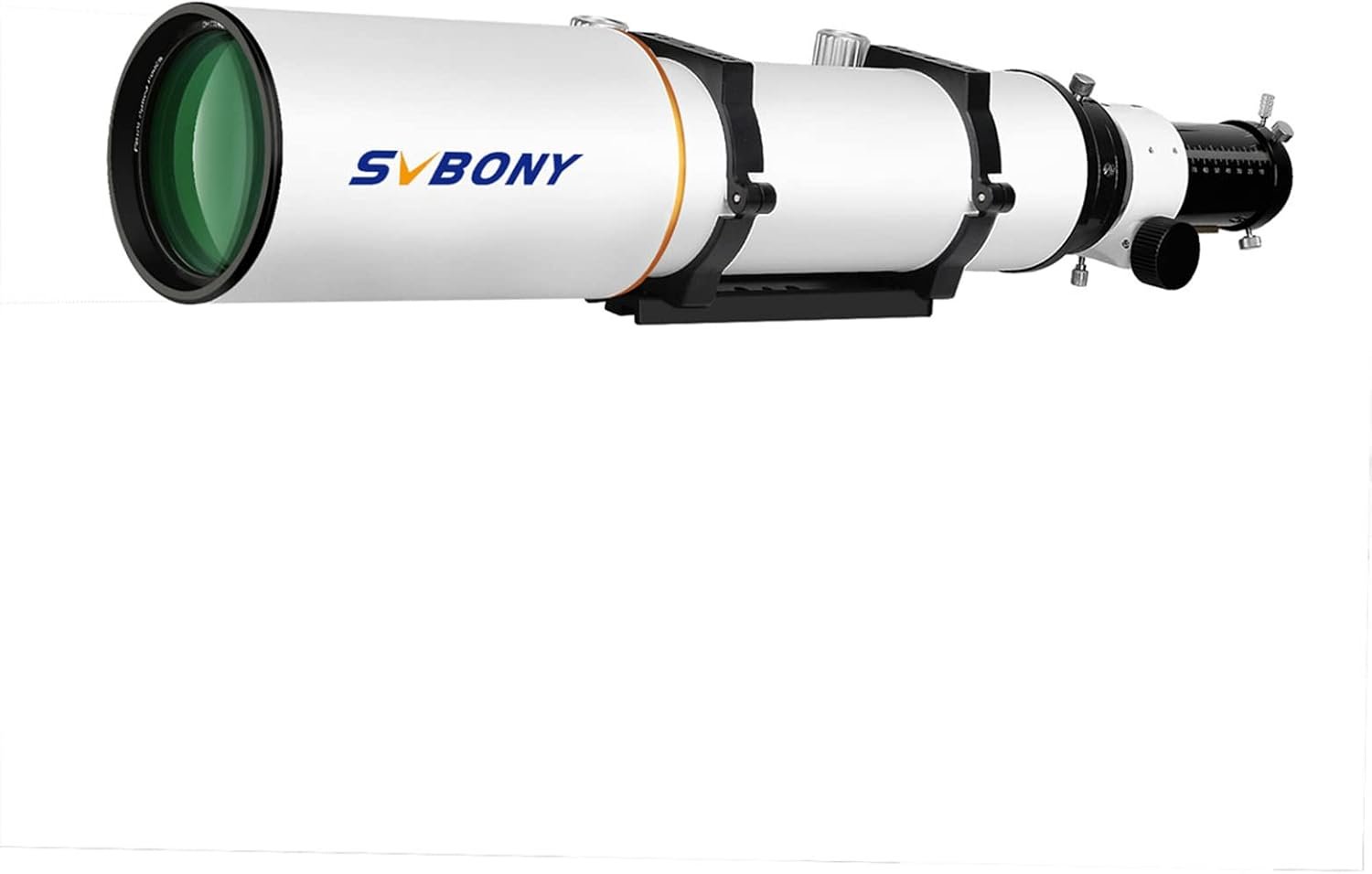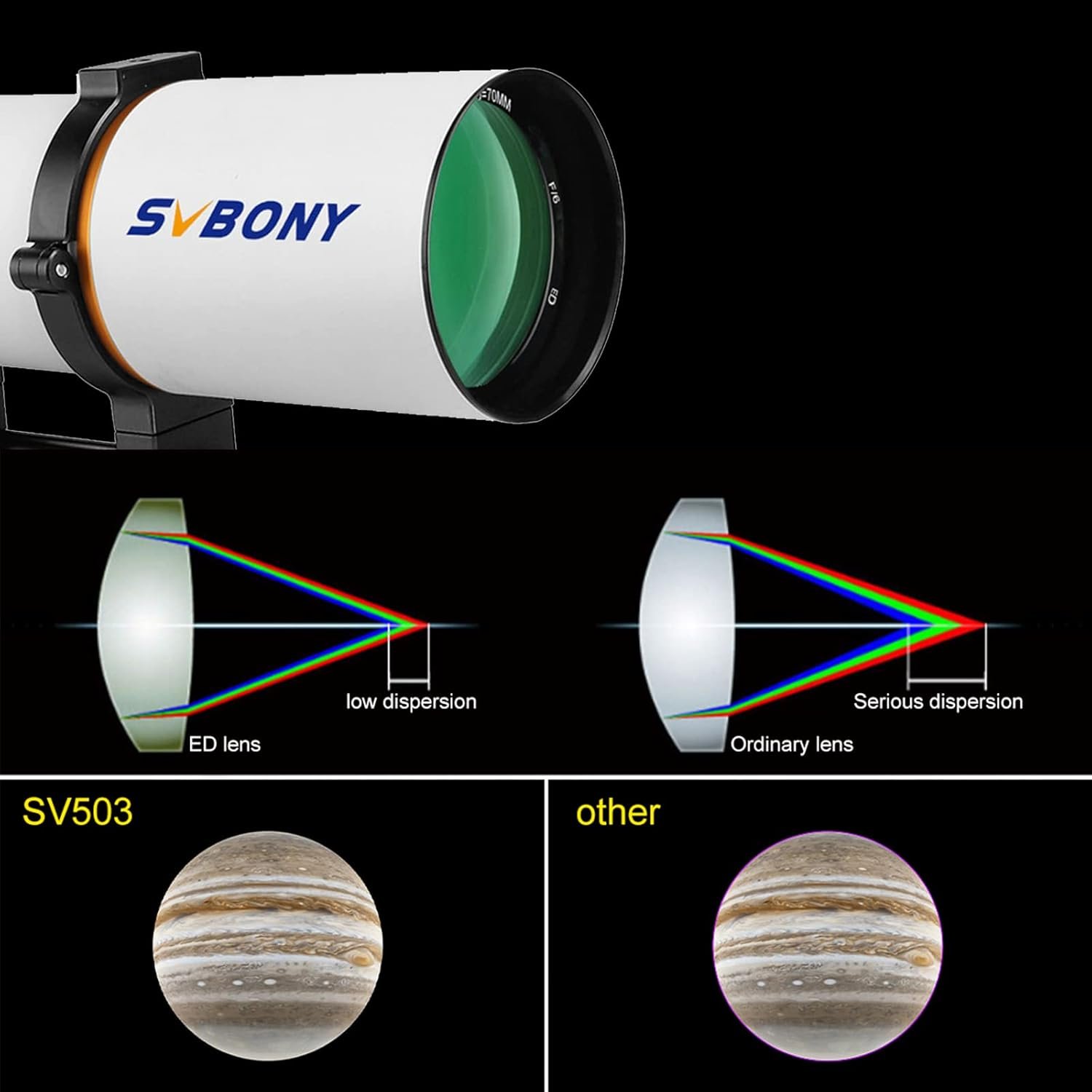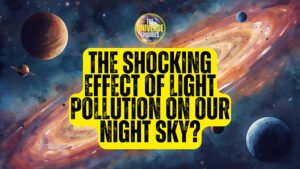Venus’ atmosphere may be safer for human habitation than Mars, offering Earth-like conditions and proximity for exploration.
Key Takeaways 📝
- Venus’ atmosphere, located about 55 kilometers above its surface, offers surprisingly Earth-like conditions, making it a strong candidate for human habitation compared to Mars.
- Studies show that temperatures at this altitude are around 27°C (80°F), with atmospheric pressure suitable for human life, unlike Mars’ thin and inhospitable atmosphere.
- The article challenges the long-held belief that Mars is the best option for colonization, presenting Venus as a provocative alternative worth considering.
- Potential floating bases in Venus’ atmosphere could harness solar energy more effectively than on Earth, providing a viable solution for sustainable living.
- Ultimately, Venus presents a unique opportunity for scientific discovery and technological advancements in space habitation, positioning it as an exciting frontier for human exploration.
The Quest for a Safe Haven Beyond Earth
When we think about the safest planet for human habitation beyond Earth, our minds often drift to Mars, with its red deserts and potential for water. However, a surprising contender emerges when we look beyond the surface: Venus. Specifically, a region within Venus’ atmosphere offers conditions that are remarkably Earth-like, making it a fascinating candidate for future human colonization. This blog post delves into why Venus’ atmosphere might just be the safest place for humans outside our home planet.
Understanding Venus: A Hellish Surface with a Heavenly Sky
The Surface of Venus: A Fiery Inferno
Venus, often called Earth’s twin due to its similar size and proximity, presents a hostile surface environment. With surface temperatures soaring to 475°C (887°F) and atmospheric pressure 92 times that of Earth, it’s a place where lead would melt and crush under the weight of its thick atmosphere. This makes the surface of Venus inhospitable for human life.
The Atmosphere: A Surprising Sanctuary
However, about 55 kilometers (34 miles) above this hellish surface, Venus’ atmosphere transforms into a potential haven. Here, the conditions are surprisingly Earth-like: temperatures hover around 27°C (80°F), pressure is a comfortable 0.5 bars (50 kPa), and gravity is 91% that of Earth’s. Radiation levels are comparable to those in northern Canada, making it one of the safest places in the solar system for humans.
Why Venus’ Atmosphere is the Safest Planetary Environment
Earth-Like Conditions
At this altitude, the atmospheric conditions are so similar to Earth’s that a human could venture outside with just a breathing mask. The need for a full space suit is eliminated, which is a significant advantage over other celestial bodies.
Proximity to Earth
Venus is closer to Earth than Mars, which means shorter travel times and potentially lower mission costs. This proximity makes Venus an attractive option for future missions and colonization efforts.
Gravity and Health
The gravity at this altitude is close to Earth’s, which is crucial for long-term human health. Unlike Mars, where reduced gravity could lead to muscle atrophy and bone loss, Venus’ gravity would pose fewer health risks.
Historical Exploration: Lessons from the Past
Soviet Union’s Balloon Probes
In the 1980s, the Soviet Union conducted pioneering explorations of Venus’ atmosphere using balloon probes. These missions provided valuable data about the atmospheric conditions and demonstrated the feasibility of floating structures in Venus’ skies.
NASA’s Vision for Floating Bases
NASA has proposed the concept of floating bases in Venus’ atmosphere. These bases would utilize the dense carbon dioxide atmosphere to remain buoyant, with ordinary breathing air serving as a fill-gas for balloons. Solar panels would be nearly 50% more effective than on Earth, providing ample energy for these floating habitats.
The Science Behind Venus’ Atmospheric Haven
Carbon Dioxide and Plant Growth
The atmosphere of Venus is rich in carbon dioxide, which is essential for plant growth. This abundance could support agricultural efforts, making self-sustaining habitats a possibility.
Radiation Protection
The thick atmosphere provides natural protection against cosmic radiation, a significant concern for human missions to other planets. This protection is comparable to the natural shielding provided by Earth’s atmosphere.
Challenges and Considerations
Acidic Clouds
One of the main challenges of living in Venus’ atmosphere is the presence of sulfuric acid clouds. Any habitats would need to be designed to withstand and neutralize this acidity.
Technological and Logistical Hurdles
Developing the technology to build and maintain floating bases presents significant challenges. However, the potential rewards make these hurdles worth overcoming.
Comparing Venus to Other Celestial Bodies
Mars: The Red Planet
Mars has long been considered the primary candidate for colonization. However, its thin atmosphere, lack of magnetic field, and reduced gravity pose significant challenges.
Europa and Titan: Icy Moons
Europa and Titan offer intriguing possibilities with their subsurface oceans and thick atmospheres, respectively. However, their distance from Earth and harsh surface conditions make them less immediate candidates.
The Future of Human Habitation in Space
Venus as a Stepping Stone
Venus’ atmosphere could serve as a stepping stone for further exploration of the solar system. Its Earth-like conditions provide a unique opportunity to test technologies and strategies for living in space.
Potential for Scientific Discovery
Establishing a presence in Venus’ atmosphere could lead to significant scientific discoveries, from understanding atmospheric dynamics to searching for signs of life.
Venus’ Atmosphere as the Safest Planetary Environment
In the quest for the safest planet beyond Earth, Venus’ atmosphere stands out as a unique and promising option. With its Earth-like conditions, proximity to our home planet, and potential for scientific discovery, Venus offers a compelling case for future exploration and colonization. While challenges remain, the potential rewards make Venus an exciting frontier for human habitation.
FAQs
Why is Venus’ atmosphere considered safer than Mars for human habitation?
Venus’ atmosphere at 55 km altitude offers Earth-like temperatures, pressure, and gravity, unlike Mars’ thin atmosphere and reduced gravity.
What are the main challenges of living in Venus’ atmosphere?
The primary challenges include dealing with sulfuric acid clouds and developing technology for floating habitats.
How does Venus’ proximity to Earth benefit space missions?
Venus’ closer proximity means shorter travel times and potentially lower mission costs compared to Mars.
What historical missions have explored Venus’ atmosphere?
The Soviet Union’s balloon probes in the 1980s provided valuable data, and NASA has proposed concepts for floating bases.
Could plants grow in Venus’ atmosphere?
Yes, the carbon dioxide-rich atmosphere could support plant growth, aiding in the development of self-sustaining habitats.
























